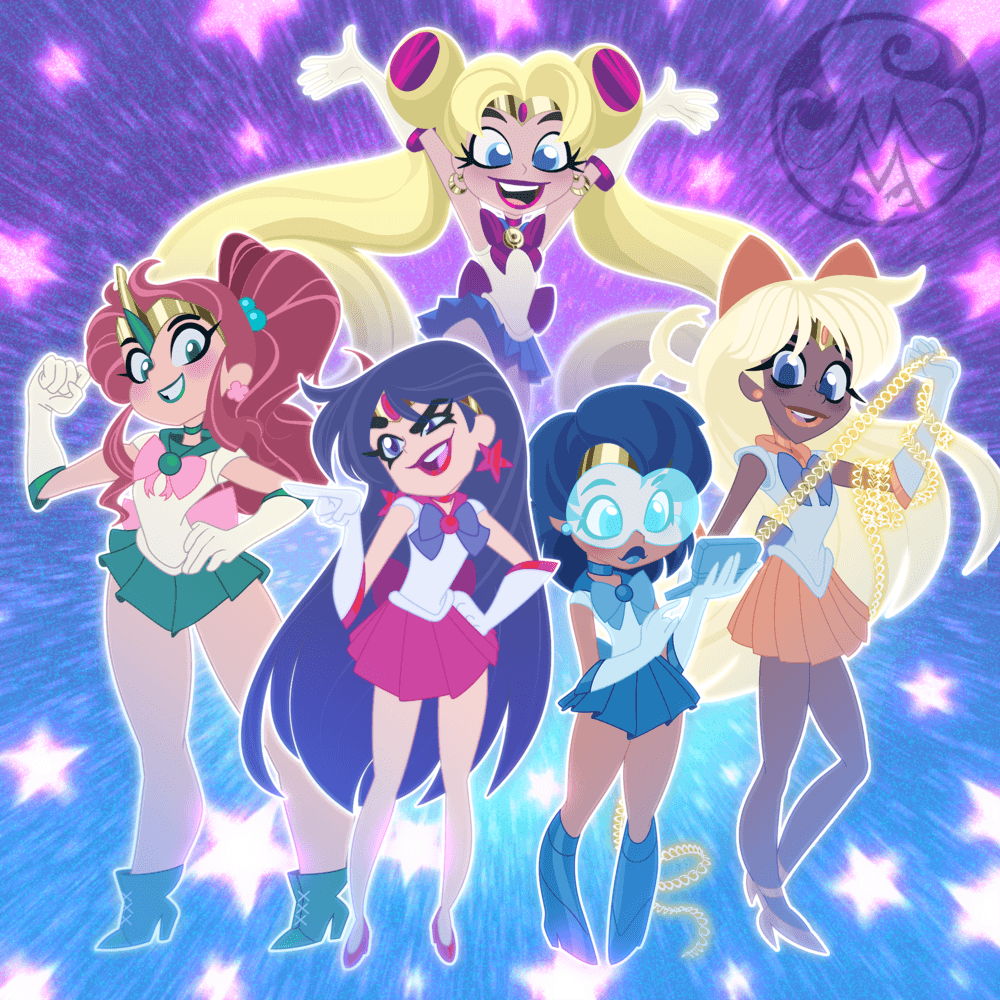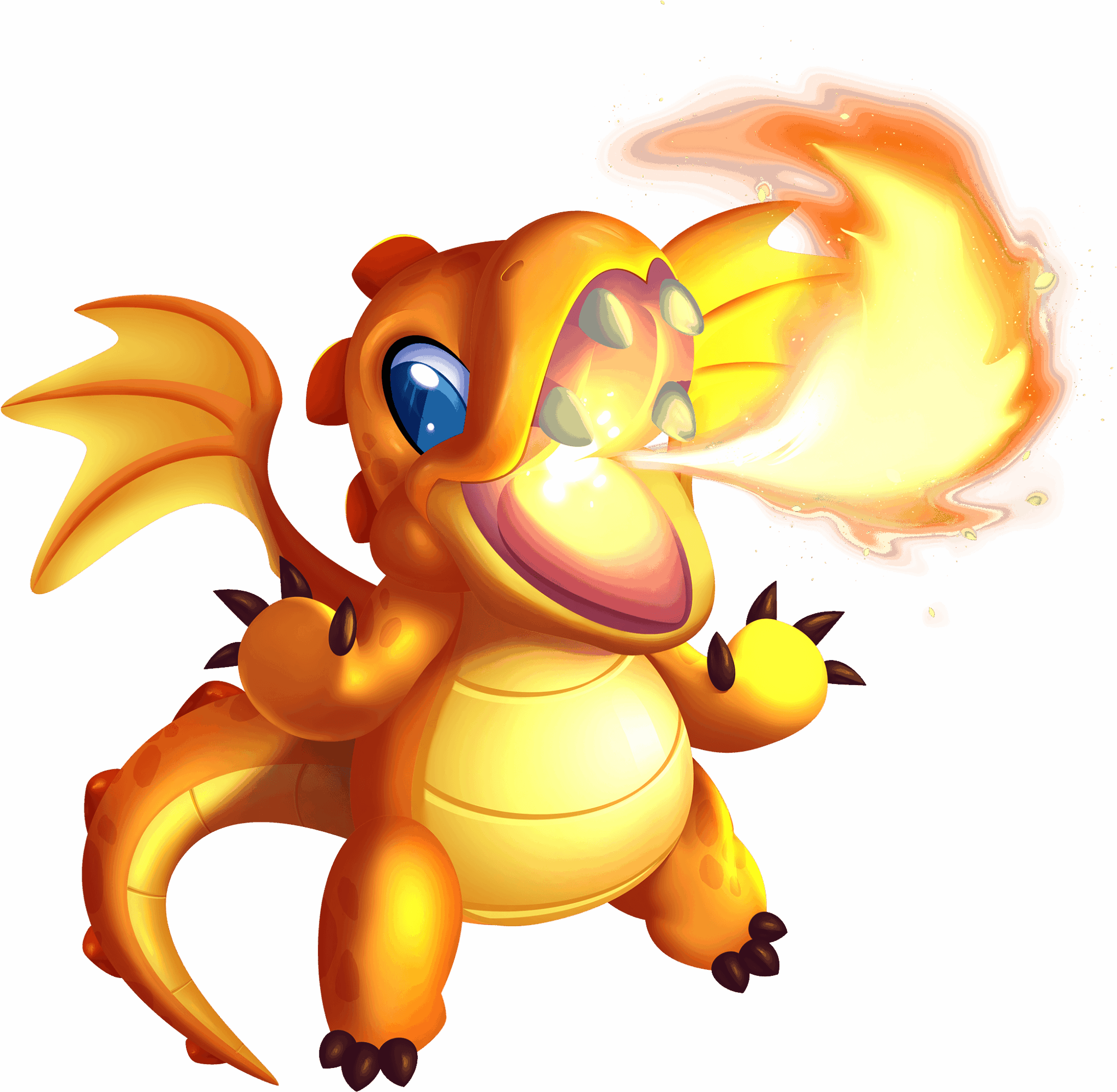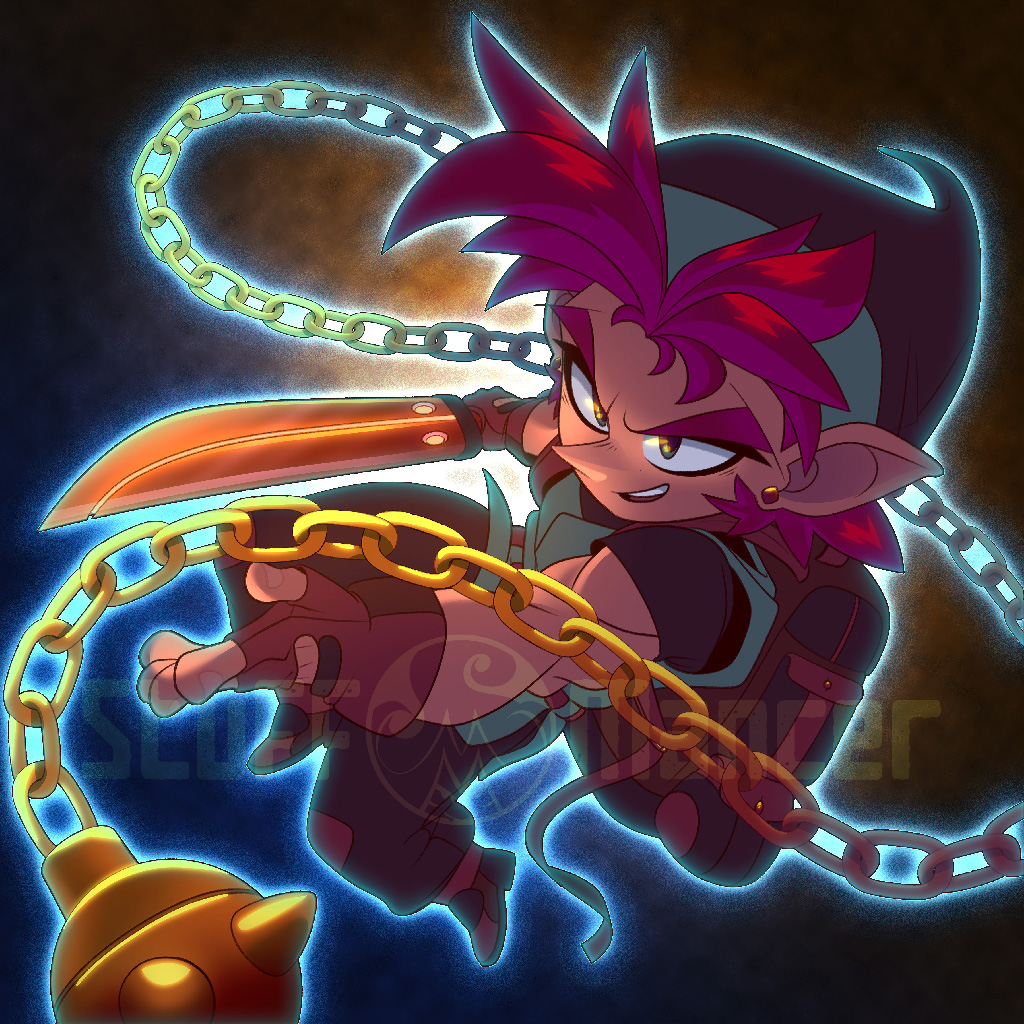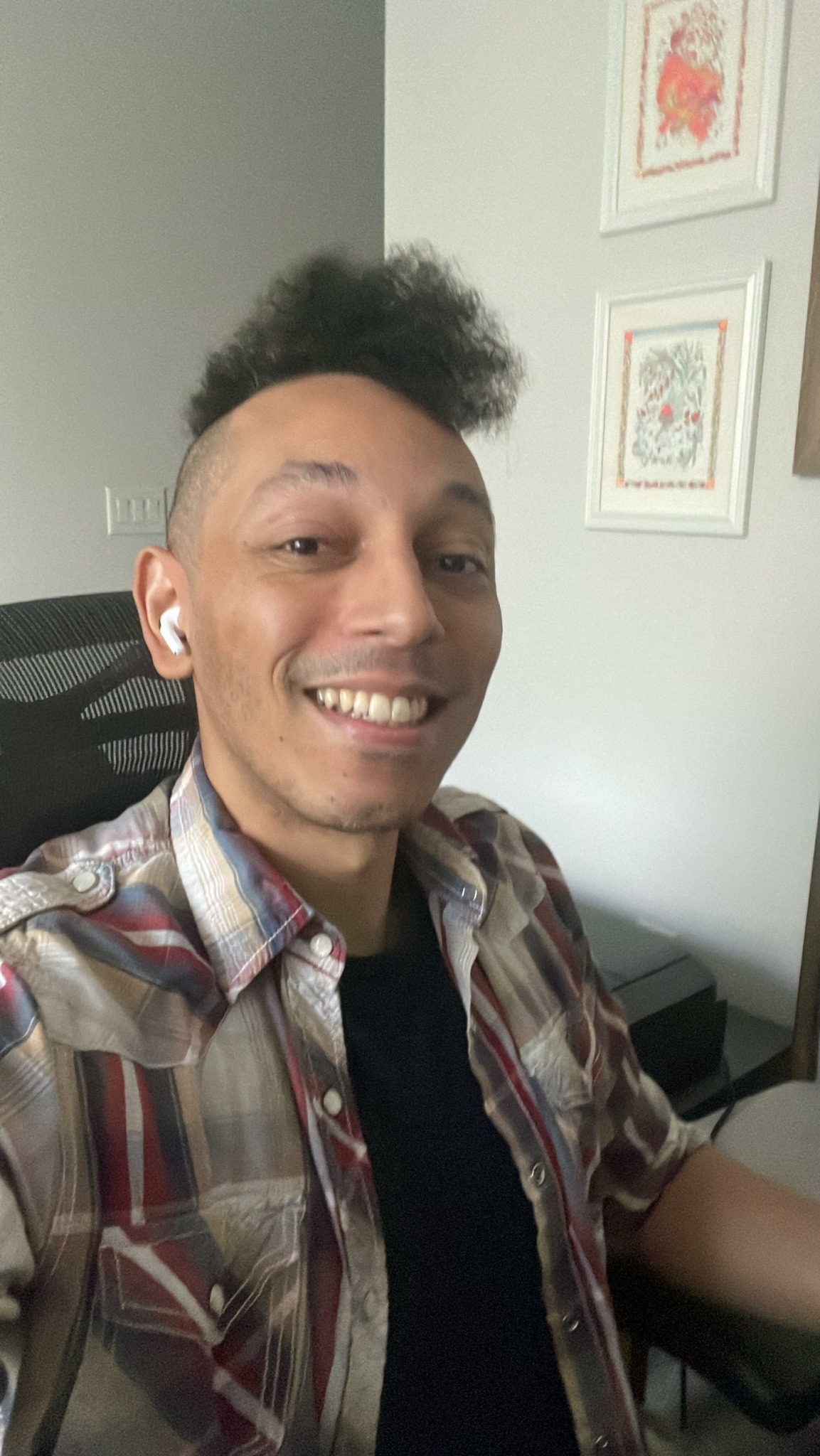Alright – so today we’ve got the honor of introducing you to Alex Robles. We think you’ll enjoy our conversation, we’ve shared it below.
Alright, Alex thanks for taking the time to share your stories and insights with us today. Are you happier as a creative? Do you sometimes think about what it would be like to just have a regular job? Can you talk to us about how you think through these emotions?
Two trash bags of Legos and a Sega Master System. If I must be grateful to my father for anything, it would be the day that he decided to dumpster dive in Los Angeles, California for some free blocks for his kids. I was only 4 years old when my brain really kicked in, but even while the dough was rising in my head oven, I knew there was something up with video games and making stuff. I knew that if we couldn’t afford something better, we could build it ourselves.
To this day, I cannot go five seconds without wondering what I could make if money and time weren’t an issue. I have amassed a pretty wide range of creative skills that I’ve honed throughout my life thanks to my fellow artists, an abundance of free online tutorials and the pressures of figuring out solutions on the fly and on the clock. Fortunately, I have been able to work on some pretty neat things over the years: various television shows/commercials, movie posters, merch for some of my favorite youtubers, game companies like Konami (and by extension Kojima Productions). Unfortunately, my childhood dreams lay unfulfilled and are getting a bit crispy in the old head oven.
I have always wanted to be a part of something bigger than myself, even if I have to make that something by myself. Now that I’m older and more capable as an artist, animator and designer, I want to put my skills to use for something that I know I can be proud of. Not just proud of finishing an ad for a mobile game that is already projected to sunset before the ad airs. Not just proud of a t-shirt design that sells the least stock and stays in storage indefinitely. I want to be able to see people smile, connect and resonate in thanks to something that I personally put out there. I have made many ads, videos, shots for other people’s tv shows, games or products but it is not often that I can see how the thing I made will have a positive impact on the world around me.
Some people can’t or won’t endeavor to understand what life might be like for those around them. Some people throw away two perfectly good, slightly smelly, trash bags of Lego blocks without flinching. I am not those people. I am thankful for the stinky building blocks that guided me toward creative solutions and problem solving. I just wish that I could continue to build the bridges that keep us moving forward together and afford to live in the state that I was born in.

Great, appreciate you sharing that with us. Before we ask you to share more of your insights, can you take a moment to introduce yourself and how you got to where you are today to our readers.
When people ask me what I do, I take pause. It’s not an easy question to answer. “Artist” isn’t specific enough. “Animator” is too specific. I make stuff. I am a creator, but that word means little these days without the word “content” in front of it. To breakdown what I do, is to examine what I’ve done in the past and what I’ve done has changed from job to job.
When I was a kid, I doodled all the time. I made characters, stories and worlds that I wanted to flesh out some day. I took art classes in junior high and high school but my skills didn’t really improve until I was in art college. I didn’t stop making stuff up and I don’t think I ever will. After college, I got a job opportunity, my first job ever: working on tv shows in 3D. I did not do well in college and it was the first time I’d ever truly struggled in school. Thankfully, I retained more knowledge that I had realized because within a couple of months, I was taking on entire shots by myself. After a few years of making “okay” 3D models, textures, particles and animations for History and Discovery Channel via a super small indie company, a co-worker of mine got me an interview with Konami Digital Entertainment. At this point, I was comfortable in saying that I was a 3D Generalist, but no one knew what that was.
At Konami, I made 3D character models, clothing, animations and assets in a proprietary software that was new to our team of 3 young artists. We were the in-house development team for PlayStation Home, a free, online social space that sold virtual goods to users made by devs like us. We did not have much time to learn, but thankfully, I grew up with stinky Legos. Within 2 years, the efforts of our small team turned an unprofitable sinking ship into a very profitable venture. Our ideas and execution fueled lookalikes from our competitors in the virtual avatar space. We pitched, designed, created, tested, packaged and sold our own ideas. To say that we were just 3D Artists feels wrong.
Shortly after our team left Konami, we started our own company, Engine Giant Entertainment, were we had hoped to continue to make banger after banger. Unfortunately, PS Home shut its doors by the time we had started our engines. With few options left, we went our separate ways and I ended up in Irvine. As a Co-Founder, social media manager, gameplay capture artist, video editor, voice actor, and more, it feels wrong to say that I was just an Artist.
At MobilityWare, where Solitaire is king, I started as a graphic designer and after insisting that I was not being utilized to my full potential, spent the rest of my time there as the company’s sole Motion Graphics Designer. I had done everything I can to make each video that I made feel unique and important. Live action, 3D animation, 2D animation, capturing gameplay, editing gameplay, making “gameplay” from scratch, app icons, graphic design, story boarding, voice acting, script writing, casting, audio mixing. I did so much that it does not feel fair to say that I was just a Motion Graphics Designer.
Call me an Artist to save time, but I still have trouble settling on just one title.

What do you think is the goal or mission that drives your creative journey?
I have spent my entire life studying games, animation and stories. When I consume media, I break it down to comprehend what makes it work or holds it back so that I can use that knowledge for the next time I am confronted with such a challenge. Doing this for a lifetime only makes the creative dog within me yearn more for the opportunity to create a game, animation or story that puts my studies to the test.
For the past 10 years, I have been working on my own boardgames to try to get something that best reflects my journey as a creator that has struggled to find a soap box that doesn’t collapse the moment I touch it. I have written scripts to apply for writers programs that have all fallen short, but I still do it because I know that each time I do, I get learn something new. I’ve done the same with storyboarding programs and won’t stop for those same reasons.
My goal is to find stability in creating games, animations and stories that resonates with people. I want those people to want to share their experience with others. I can’t stop the world from hurting itself, but maybe I can help those people heal.

Is there something you think non-creatives will struggle to understand about your journey as a creative? Maybe you can provide some insight – you never know who might benefit from the enlightenment.
Artists are people with something to say, show or express, just like you. Does that make you an artist? Not inherently. What makes you an artist is actually saying, showing or expressing that something in earnest. If that sounds difficult, that’s because it is. The life of an artist is anything but easy. It can be satisfying at times, but typically, not easy. It takes more than just a single class to understand the difference between “good art” and “bad art.” Even with years and years of study, there is still no clear definition as to what makes art “good” or “bad,” but it will become easier to discern what makes the message behind an art piece “clear” or “muddied.”
Life is hard. It’s even harder without clear communication. Communication is design. Design is art with rules. Understanding those rules and when to apply them is what makes an artist better at what they do and makes your products easier to use. The easier it is to understand something, the more likely a user is to remember how it easy it was to use your product. Forgetting how easy it was to use something is much better than remembering how difficult it was to get something. Poor or muddied design is why we dread going to the DMV or the freeway. Intentional design is why we forgetting to unsubscribe from our that streaming service we don’t even use that much.
Contact Info:
- Website: https://www.stuffmancer.com
- Linkedin: https://www.linkedin.com/in/alexrobles/






